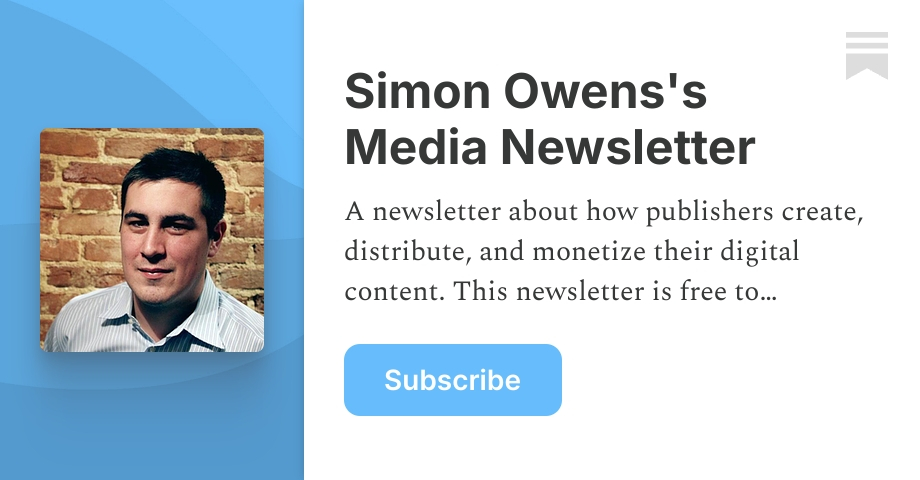Retention is one of the major themes for publishers this year. In a report launched at the beginning of the year, Minna Technologies and FT Strategies found that among 50 subscription businesses, 68% said retention was their top priority. It’s why the Media Collective - Pugpig (where I work), Manifesto Growth Architects, InDigital Marketing and Piano - decided to take a closer look at retention. With Laura Graham of Manifesto Growth Architects, Jonny Kaldor, our CEO and co-founder at Pugpig, James Kember, Pugpig’s digital growth consultant and I spent a lot of hours putting the report together.
What we found is that publishers are thinking about engagement loops rather than unidirectional conversion funnels. Whether a user is unknown, registered, subscribed or lapsed, they are prioritising retention efforts on maintaining a relationship with all members of their audiences regardless of their level of engagement. For this reason, we reframed retention as an issue of relationship management rather than churn management. It is about establishing a relationship with the right users and realising that saving at all costs - usually with discounted offers - runs the risk of depressing ARPU.
In the Retention Economics report, one of our key findings was that once a user became known through registration publishers found that they could market a number of other products to them. It meant that publishers could generate revenue from non-subscribers by marketing events, e-commerce and a range of other offerings to them.
With pandemic restrictions ending, events are roaring back, especially for “professional publishers” such as Axios, Bloomberg and Semafor. After a soft start to the year with major publishers pushing back their tentpole events, events have come roaring back for these publishers. Axios had set a goal of earning $10m a year in event revenue, and they have made that already in the third quarter.
They said that it wasn’t about the volume of events but rather making sure that the right people, influential and powerful, were in the room. They also use the events to create digital content that runs in podcasts or video content after the events.
What is the future of podcasts?
Podcasts seem to be on a bumpy trajectory right now. Major podcast producers are cutting staff and cutting back on output. We are definitely in a period of transition. As The Guardian points out, one new trend about podcasts is about hosting them in front of a live audience, creating an event that can be distributed electronically afterward.
And The Economist is finding that podcasts are working well both free ones that add to their audience but are now creating podcasts just for their paying subscribers.
The largest public radio station in the US, WNYC, recently laid off 6% of their staff and cut back on podcasts. Specialist digital-to-broadcast or digital-only podcasts are being cut back. Instead, broadcast-to-podcast appears to be the new model. This is a pretty major shift, and it looks like live events and the big footprint of broadcast is going to be used to amplify podcasts rather than niche podcast creation.
The Athletic recently shuttered their local sports podcasts, and as media analyst Simon Owens says, there are few examples of local podcast success. “They often don't have enough scale to attract national advertisers, and most local businesses aren't sophisticated enough in their ad buying to target podcast listeners.”
I remember how challenging it was to make a local podcast work when I worked in public radio in the US, and it got harder over the four years I worked there. Podcasting had become much more competitive, and launching a new podcast in this crowded space became more challenging.
Bundling has become one of the major subscription growth strategies of 2023. Whether it is bundling local newspapers in Norway or the New York Times all access bundle, these multi-product bundles are proving popular, and multi-product users have higher loyalty.
The Washington Post announced that it was offering voluntary buyouts to about 240 positions this week. Their projections both in terms of traffic, advertising and subscription had been overly optimistic, Washington Post interim CEO Patty Stonesifer said. The paper is on track to lose $100m this year, and its subscribers numbers are down.
Inbox: Washington Post is reducing its workforce by approximately 240 positions
— Ben Mullin (@BenMullin)
Oct 10, 2023






